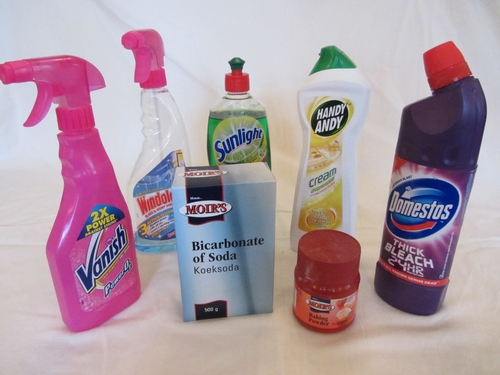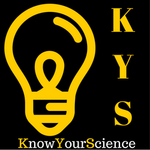Everything around us is made up of chemical things. Elements like oxygen, hydrogen, carbon-di-oxide, iron, gold, silver, copper, sugar, salt and water that we drink are chemical substances.
Carbon-do-oxide is a chemical compound formed by joining of one atom of carbon and two atoms of oxygen. Air is a mixture of many chemical substances.
Water is another chemical compound formed by the joining of two atoms of hydrogen and one atom oxygen.
Rocks and soil, everything in nature is a mixture of many chemical substances.
Many chemicals are used in factories, laboratories and industries.
There are few chemical substances that we commonly use everyday.
Acids, detergents, bleaches, medicines, fertilizers, pesticides,and many others which are commonly used household chemicals.
Acids:
Examples around household:

Vinegar, Invertor-car battery, Toilet cleaning liquid.
The common property in all the above is the nature of acids.
They are corrosive. They eat away, or take away, or corrode things.
An acid is a compound that dissolves in water to release hydrogen ions.
Vinegar is mild in action but corrosive. Vinegar is made from fermented ethanol, acetic acid and small amounts of citric acid and tartaric acid. E.g. malt vinegar, wine vinegar, apple cider vinegar, palm vinegar, date, balsamic and honey vinegar.
Toilet cleaners may even burn our hands. We should be careful when handling them.
Corrosion is a chemical reaction:
The acid reacts with the stuff it corrodes, and one of the new substances formed is a gas.
Experiment: Dip a boiled egg in a glass of vinegar. You will notice bubbles. These bubbles are formed by the gas that is produced. If the egg is left for a long time in the vinegar the acid will eat away the whole shell.

Test for acids:
Things that contain acids are called acidic substances.
We can test them with an indicator or tester.
Indicators are substances that change their color when added to an acidic or basic substances.
Indicators are another kind of chemicals.
Making rose indicator:
Crush some red rose petals and collect the juice. Dilute the juice with water in a test tube.
Test tubes are glass tubes in laboratories. The diluted juice is our indicator. Add a few drops of the indicator to the liquid you want to test. If the liquid turns red or pink, it is an acid.

Very informative
Thank you.